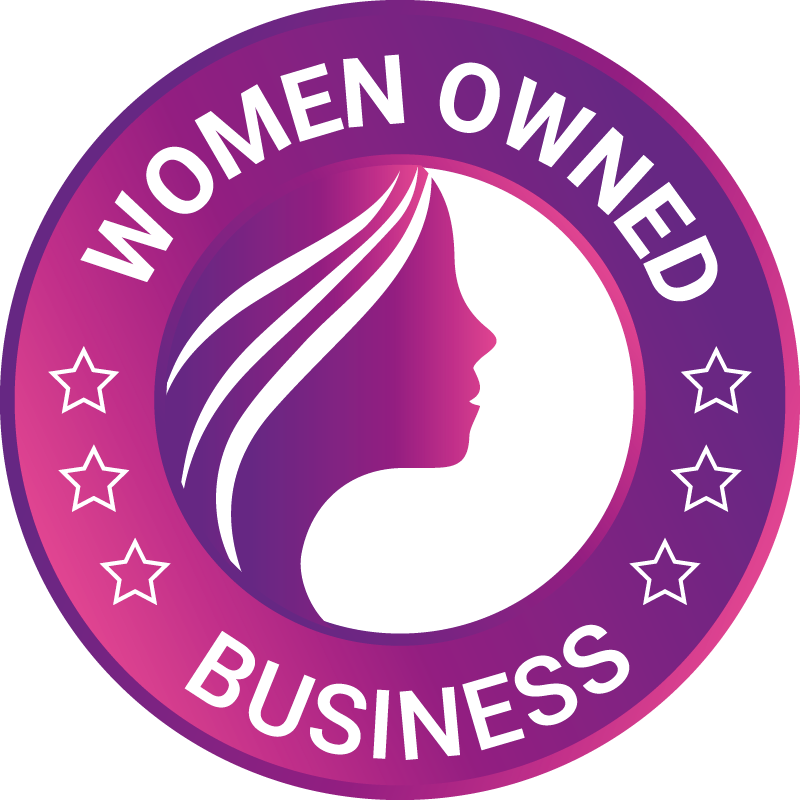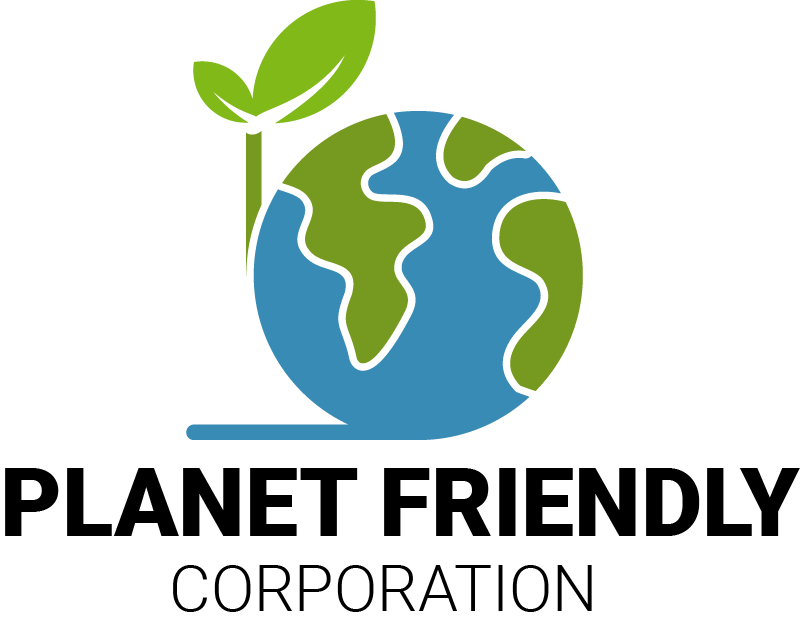Menu

Powder coating is a highly versatile and popular finishing process that has become integral in various industries, contributing to both the aesthetic appeal and durability of countless products. This dry finishing method involves applying a fine powder made of polymer resin onto a substrate, typically metal, creating a protective and visually appealing coating.
The first step in the powder coating process is surface preparation. To ensure optimal adhesion of the powder, the substrate must be thoroughly cleaned and, if necessary, treated for corrosion resistance. This involves removing any oils, rust, dirt, or existing coatings that may hinder the bonding of the powder to the surface. Proper surface preparation is critical for achieving a flawless finish and maximizing the durability of the coating.
Once the surface is adequately prepared, the powder coating is applied using a specialized spray gun. What sets powder coating apart is the electrostatic charge applied to the powder particles during the spraying process. The substrate, grounded to complete the circuit, attracts the charged particles, resulting in a uniform and consistent coating. This electrostatic attraction ensures that the powder adheres efficiently to the surface, even on complex geometries and hard-to-reach areas.
After the powder is applied, the coated object undergoes a curing process. This typically involves baking the substrate in an oven or using infrared heat to melt and fuse the powder into a durable, smooth finish. The curing process not only enhances the adhesion of the coating but also contributes to its chemical and physical properties, ensuring resistance to chipping, scratching, and other forms of wear.
One of the primary advantages of powder coating is its exceptional durability. The cured powder forms a tough and resilient surface that is resistant to impact, abrasion, and corrosion. This durability makes powder-coated products ideal for a wide range of applications, from outdoor furniture and automotive components to industrial machinery.
Powder coating is recognized for its environmental friendliness. Unlike liquid coatings, powder coatings do not contain solvents, reducing the emission of volatile organic compounds (VOCs) into the atmosphere. Additionally, the overspray generated during the application process can be collected and reused, minimizing waste and contributing to sustainability.
The electrostatic application of powder ensures a uniform finish with consistent thickness. This method eliminates issues such as runs, drips, and sags commonly associated with liquid coatings. The result is a high-quality, professional appearance that enhances the visual appeal of the coated products.
Powder coating provides a vast array of color options and finishes, allowing for customization to meet specific design preferences. Whether a glossy, matte, or textured finish is desired, powder coating can deliver a wide range of aesthetic possibilities. This versatility makes it a popular choice for both functional and decorative applications.
Powder coating finds widespread use across various industries, contributing to the longevity and visual appeal of numerous products. Some common applications include:
Automotive parts, such as wheels, chassis components, and engine parts, benefit from the protective and durable nature of powder coating. The ability to customize colors and finishes also allows for personalization in the automotive industry.
Powder coating is widely employed in the manufacturing of outdoor furniture. The weather-resistant properties of the coating help protect metal furniture from the elements, ensuring a longer lifespan and maintaining aesthetics over time.
Household appliances, ranging from refrigerators to ovens, often feature powder-coated finishes. The durability of the coating ensures resistance to scratches and impacts, contributing to the longevity of these products.
Architectural elements, such as window frames, railings, and fencing, benefit from the protective coating offered by powder coating. The ability to choose from a variety of colors and finishes allows architects and designers to achieve specific aesthetic objectives.
Powder coating is extensively used in the coating of industrial equipment and machinery. The resistance to corrosion and wear ensures the longevity of the equipment, even in harsh manufacturing environments.
While powder coating offers numerous advantages, it may not be suitable for all materials or applications. Some materials may not withstand the high temperatures required for the curing process, limiting the applicability of powder coating. Additionally, intricate designs or surfaces with recesses may pose challenges in achieving complete coverage.
Powder coating has become a cornerstone in the finishing industry, providing a winning combination of durability, environmental sustainability, and aesthetic versatility. From automotive components to household appliances and architectural structures, the applications of powder coating are diverse and continually expanding. As technology advances, innovations in powder coating formulations and application techniques are likely to further enhance its capabilities, making it an increasingly preferred choice for manufacturers and consumers alike. Whether for protection against the elements or for achieving a customized appearance, powder coating stands as a reliable and effective solution in the world of surface finishing.


